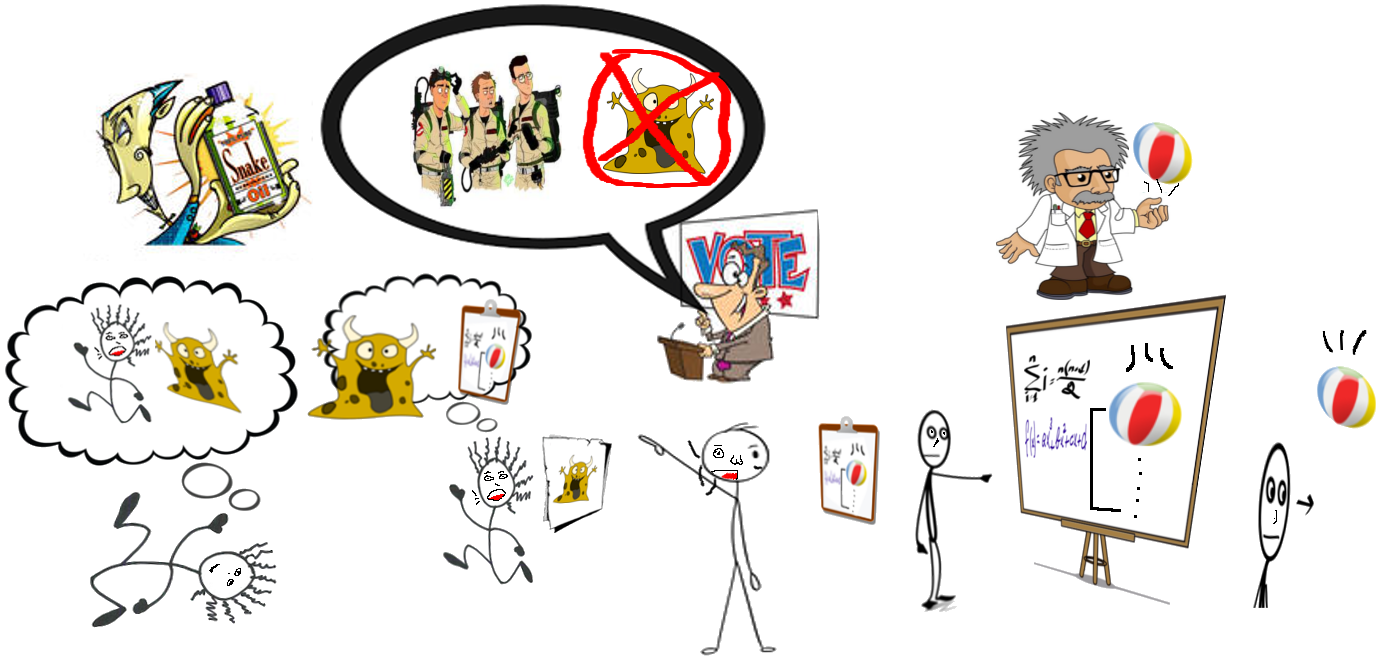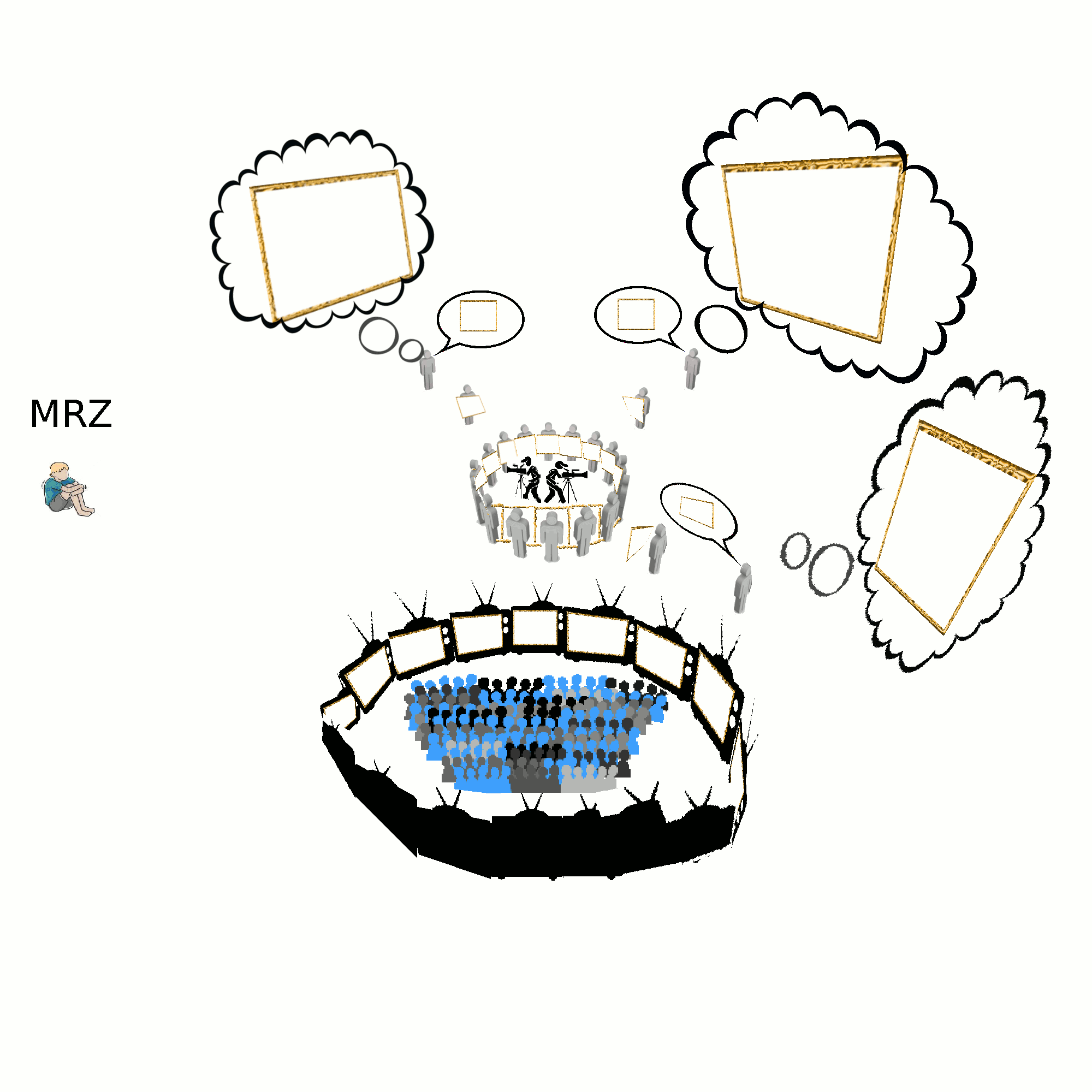X
xit
Kraken
- Joined
- Jul 19, 2019
- Posts
- 6,678
- Reputation
- 5,307




I'm glad that I figured out that the red is representative of the episodic falsities, whereas the blue is representative of the semantic truth. The episodic falsities will keep changing all kinds of colors over time, but the entire time the semantic truth will stay --- more or less --- the same. Also, the semantic truth is just intrinsic to the physical existence, whereas the episodic falsities are dependent on the signaling of social actors. The episodic falsity is highly dependent on the ability of social actors to create a large volume of episodes and to expose you to them.
Quote:"The rank and file are more primitive than we imagine. Propaganda must therefore always be essentially simple and repetitious. In the long run only he will achieve basic results in influencing public opinion who is able to reduce problems to the simplest terms and who has the courage to keep forever repeating them in this simplified form despite the objections of intellectuals." --Joseph Goebbels
https://qz.com/822907/science-suggests-t...-of-truth/
Quote:Science suggests that frequently repeating a lie creates “the illusion of truth”
http://journals.plos.org/plosone/article...ne.0132209
Quote:Our hypothesis also predicts that changes in the value of immediate input for a specific stimulus or task will be associated with increased activity in the DMN. This prediction is supported by a recent study of repetition suppression, which observed decreases in DMN deactivations during encoding as participants viewed the same items, suggest that the DMN deactivates less as participants form a stronger memory trace of a stimulus [62].
https://www.deepdyve.com/lp/elsevier/age...iU4YeIQ0mI
Quote:The neural networks supporting encoding of new information are thought to decline with age, although mnemonic techniques such as repetition may enhance performance in older individuals. Accumulation of amylodine hallmark pathology of Alzheimer's disease (AD), may contribute to functional alterations in memory networks measured with functional magnetic resonance imaging (fMRI) prior to onset of cognitive impairment. We investigated the effects of age any amyloid burden on fMRI activity in the default mode network and hippocampus during repetitive encoding. Older individuals, particularly those with high amyloid burden, demonstrated decreased task-induced deactivation in the posteromedial cortices during initial stimulus presentation and failed to modulate fMRI activity in response to repeated trials, whereas young subjects demonstrated a stepwise decrease in deactivation with repetition. The hippocampus demonstrated similar patterns across the groups, showing task-induced activity that decreased in response to repetition. These findings demonstrate that age and amyloid have dissociable functional effects on specific nodes within a distributed memory network, and suggest that functional brain changes may begin far in advance of symptomatic Alzheimer's disease'
https://www.ncbi.nlm.nih.gov/pubmed/11287133
(note that the brain during REST activates the default mode network in neurotypicals)
Quote:Conjunction analysis revealed a network of brain areas jointly activated during conscious REST as compared to the nine cognitive tasks, including the bilateral angular gyrus, the left anterior precuneus and posterior cingulate cortex, the left medial frontal and anterior cingulate cortex, the left superior and medial frontal sulcus, and the left inferior frontal cortex. These results suggest that brain activity during conscious REST is sustained by a large scale network of heteromodal associative parietal and frontal cortical areas, that can be further hierarchically organized in an episodic working memory parieto-frontal network, driven in part by emotions, working under the supervision of an executive left prefrontal network.

